“My job went from shouting at people to shouting at alpacas, and the alpacas ignore me just as much as the people did.”
Three years ago Simon Johnson gave up a warm office at Virgin Media in Edinburgh to work full-time on his family’s alpaca farm in Fife.
His parents Alison and Paul bought Bowbridge Farm, near Peat Inn, in 2013 and acquired their first seven alpacas in 2015.
“We call the farm their idea of a retirement plan,” Simon said.
“When we opened to the public in 2017 my sister Sarah was with them, so it’s a real family business.
“We originally thought just the wool would be their retirement plan, but there’s so much more to alpacas.”
One of Scotland’s largest herds
The farm now has 60 alpacas, which is one of the largest herds in Scotland.
As a breeding farm, Bowbridge will get between 10 and 13 baby alpacas in a year and sell down to a herd of 50 before breeding back up to 60 again.
An alpaca costs anything between £700 to £5,000. Simon recommends getting at least three animals as a starter herd.
He also offers husbandry courses, teaching potential future owners how to look after alpacas.
“The course is built around what we wish we’d known when we started,” says Simon.
“At the moment the demand is boys, as people want to be able to do their own trekking.
“I have eight boys currently ticked off the list, so we’re getting them ready for their new homes.”
The farm is also open for alpaca experiences, which includes meeting the alpacas, obstacle courses, learning and a leisurely trek.
Bowbridge Alpacas’ unusual new venture
Bowbridge also offers different alpaca products such as wool, needle felting kits, bird nesters and “fairy dust”.
Simon explains: “Our newest venture is working with their poo, because it’s very nutritious.
“We collect it from the fields, dry it out and break it up by running it through a wood chipper.
“We call it fairy dust because it’s such a good fertiliser, so you just sprinkle some on top of your plants or vegetables to give them nutrients.”
Unlike the poo, the Johnsons collect alpaca fleece just once a year at the start of summer.
The fleece is hand-cleaned on the farm and sorted before it goes to an alpaca mill in England that sends balls of wool back.
Lower quality fleece gets used in needle felting kits and bird nesters.
Simon says: “We get between seven and 17 100-gram balls of wool from one alpaca.
“The saddle area gives the best quality fleece, and we send off between one or two kilos of it, but some gets wasted in the processing.
“The rest of the wool is another one to two kilos that we use different things.
“People really like that they can knit with the alpaca that they’ve met.
“We’re making an effort to use everything we can off the alpacas.”
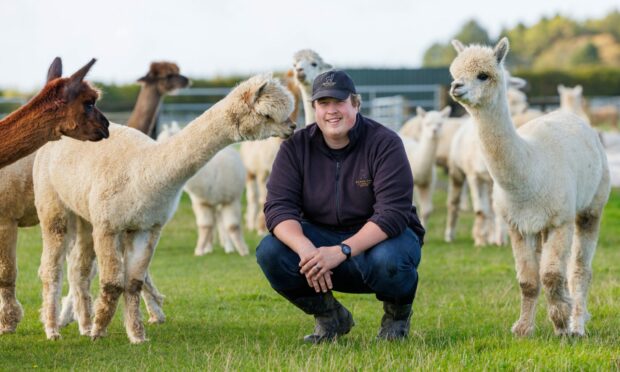
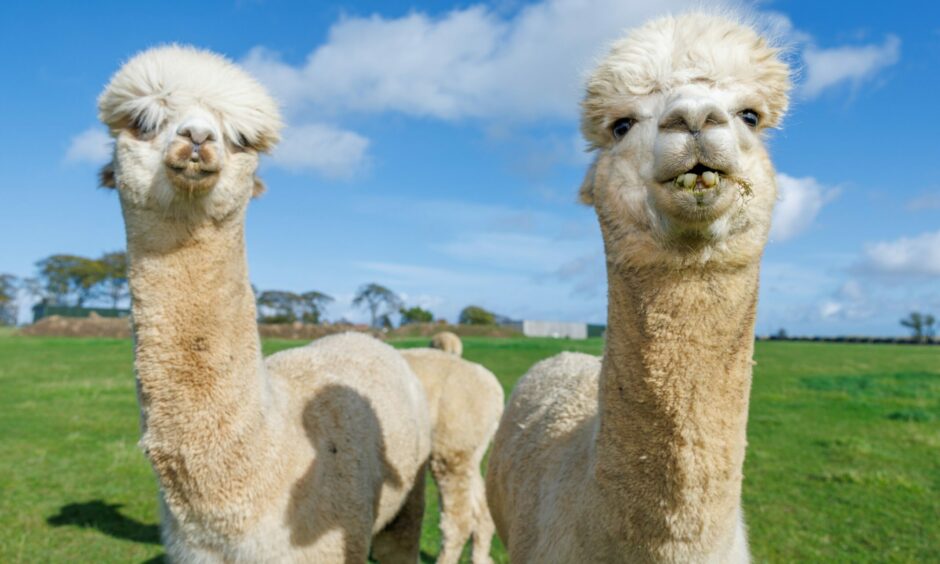
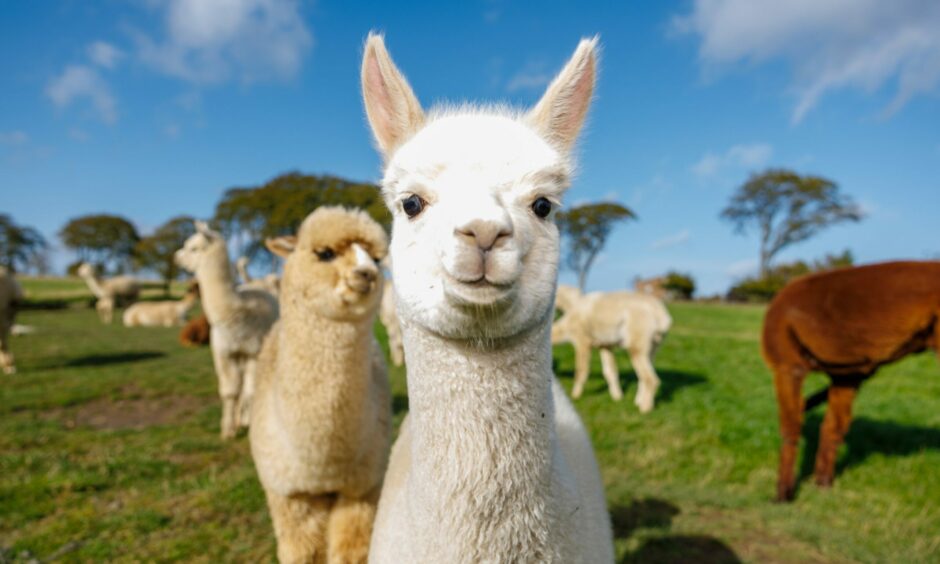
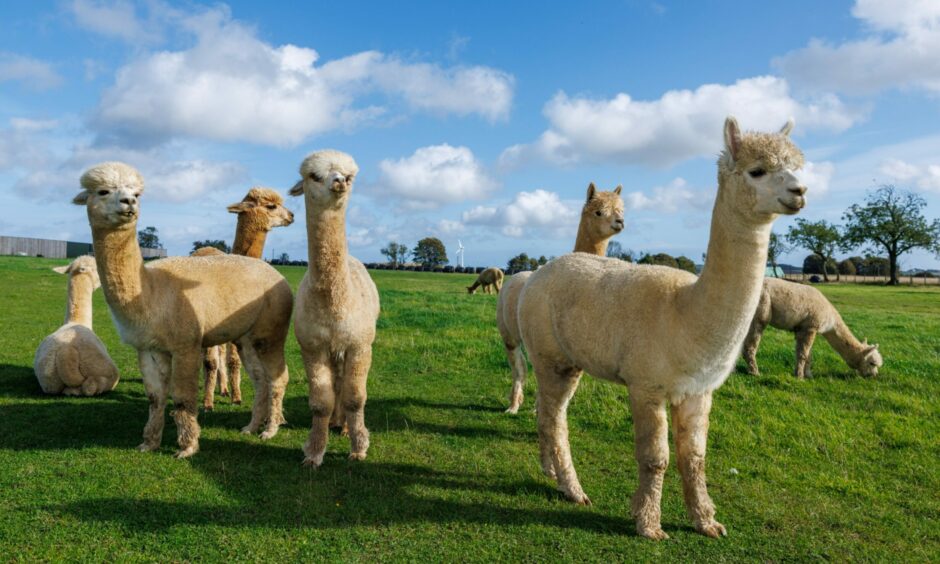
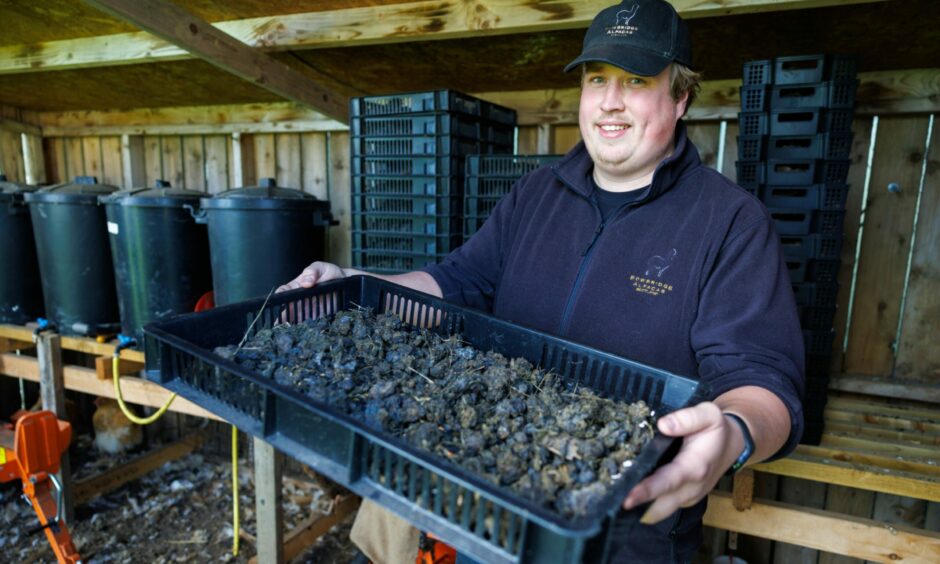
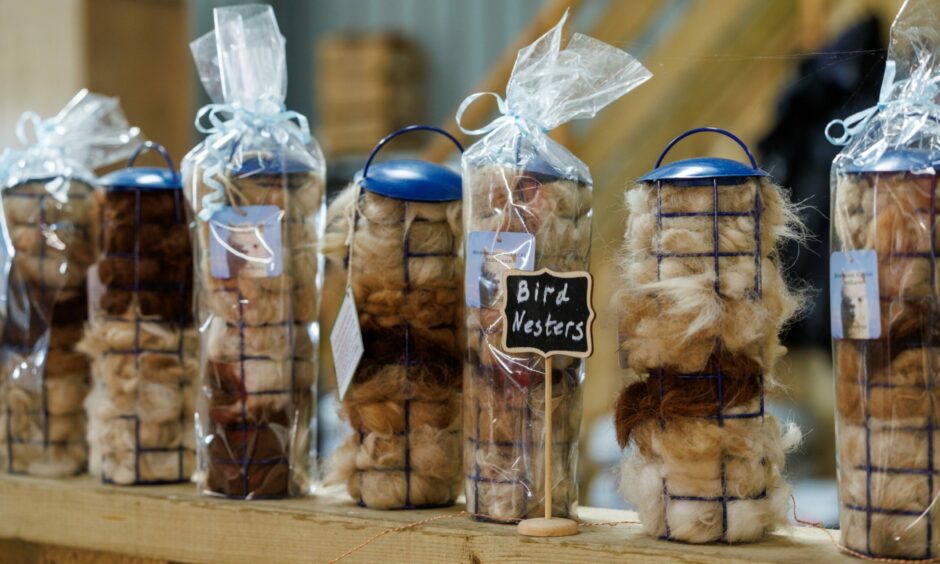
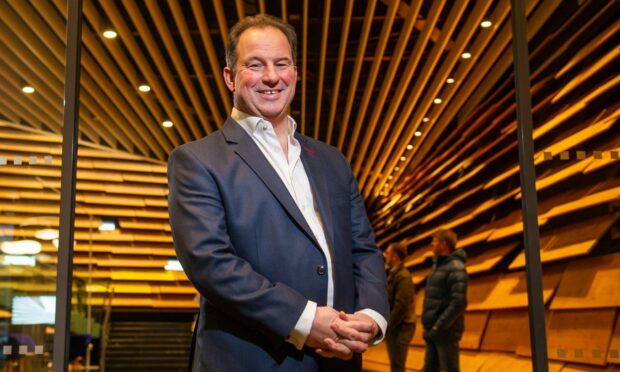


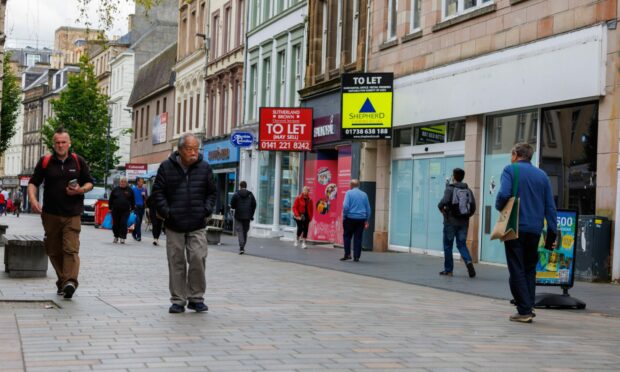
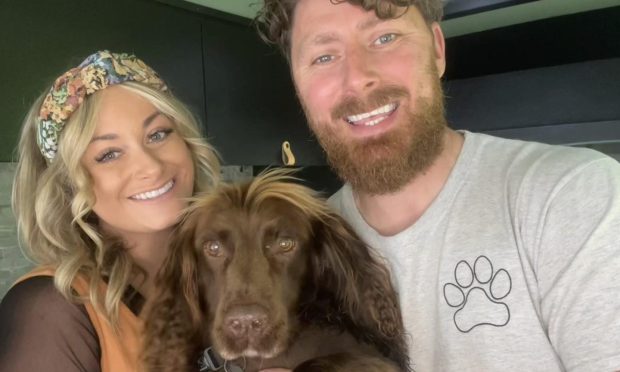
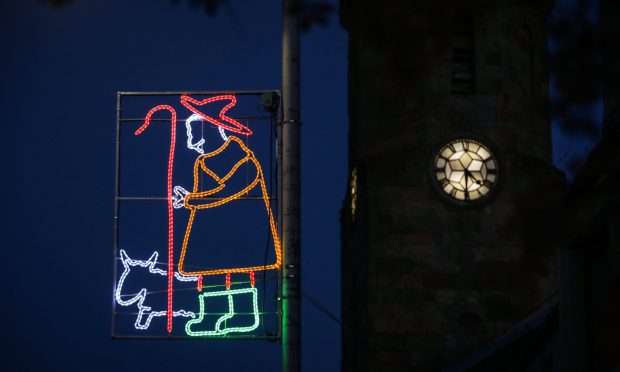




Conversation